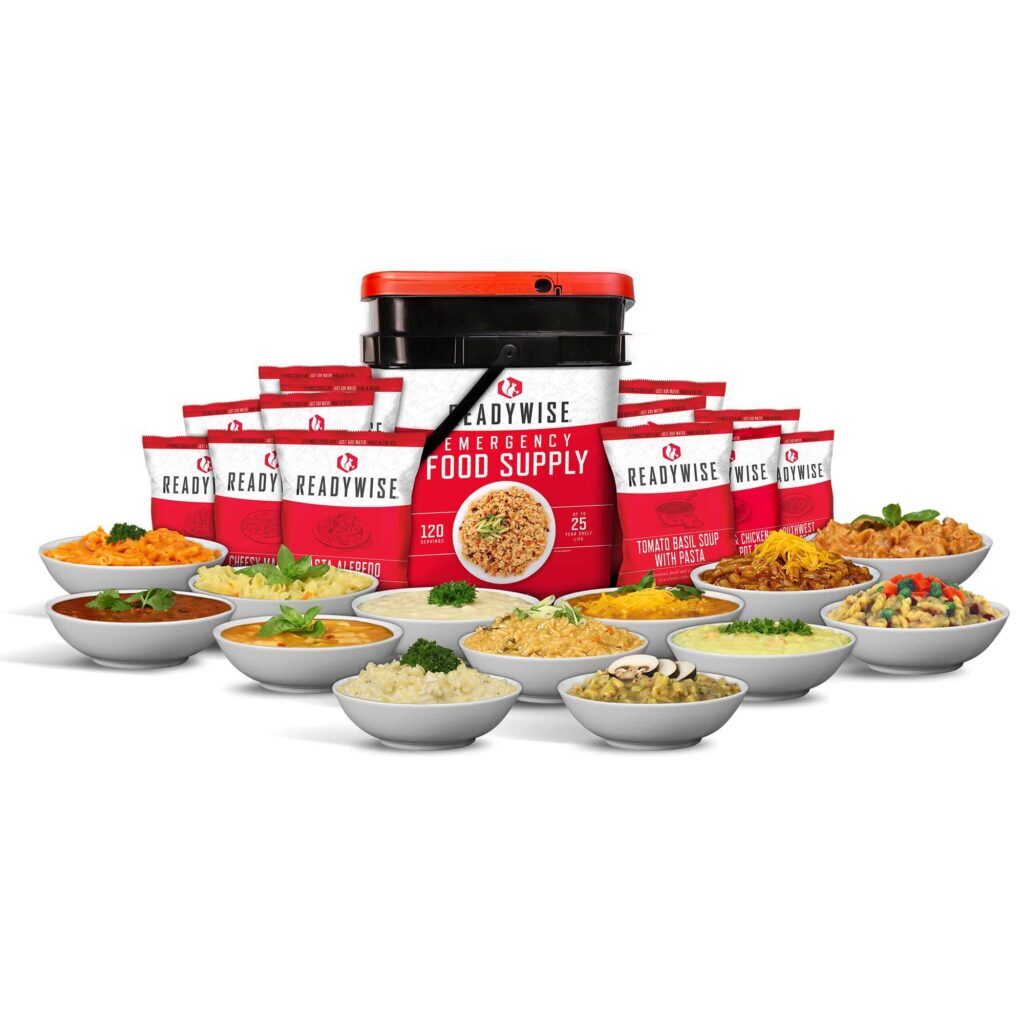
Emergency food supplies are assets that most families need, but don’t have at home. The government recommends having at least three days’ worth of items available, but places where hurricanes, earthquakes, or volcanic eruptions occur need closer to two weeks of rations.
After Hurricane Katrina struck, many homeowners found themselves displaced because of property conditions or a lack of supplies. Then there were the few that emergency workers found in the hardest-hit zones, weeks after everything happened, still living off months of water and emergency food.
If you know how to prepare an emergency food supply and store it for a long time, you can weather almost any event.
Items Needed in a Home Disaster Kit
When you purchase the items needed for a home disaster kit, it helps to check on them periodically. Nothing lasts forever, even if it is in a container rated to preserve your assets for five, ten, or even 25 years.
- Waterproof containers for money and perishable items.
- Hygiene supplies, medication, and a first aid manual.
- A camping stove, fuel, and utensils.
- Flashlights, lanterns, portable LED lights, and spare batteries.
- Canned goods, can openers, cookware, and Sterno cans.
- Emergency tools, such as shovels, blankets, and a fire extinguisher.
Each person in your family needs to maintain their strength in a crisis. That foundation is built with good nutrition and getting enough sleep each night. Your emergency food rations should include at least one well-balanced meal daily.
Use Bulk Staples to Supplement Emergency Survival Food
The best items to keep for emergency food are bulk staples. These items have an almost unlimited shelf life, and you can turn them into numerous dishes with a little creativity.
If you have nothing at all stored in your home, then the first items to buy should be beans, corn, wheat, and salt.
Once you have those ingredients, start thinking about the specialized needs of your family. Do you need infant formula to survive an emergency? Are there allergies that impact what you can eat if no one can reach you?
After you collect all the foods you need, knowing how to protect them will preserve your investment.
Steps to Follow When Protecting Your Survival Food
- Open cans and food boxes carefully so that they can be tightly closed after each use to preserve freshness.
- Wrap crackers and cookies in plastic bags before placing them in airtight containers.
- Empty open packages of dried fruits, sugar, and nuts into airtight storage or screw-top jars to prevent pests from ruining the items.
- Inspect every container for spoilage before preparing or consuming the item it contains.
- A commercially canned product could be bad if it leaks, has bulges, or shows signs of rust.
- Rotate canned goods at least every two to four years if they remain in storage for more than one year.
Some food items, such as boxed powdered milk, need to be used within six months.
If an emergency occurs, always consume perishable items from the refrigerator first. Then move to the freezer. In doing so, you’ll have access to plenty of food if an emergency occurs.
